Warning from the market
In recent years, durian trees in Vietnam have grown rapidly in both output and value. According to statistics, in 2024 alone, durian exports brought in more than 3.2 billion USD. Of which, China is the largest consumer market for Vietnamese durian. To be exported to this market, durian must have a clear origin, be produced in a coded growing area, ensure quality, and especially not be allowed to exceed the threshold of prohibited substances.
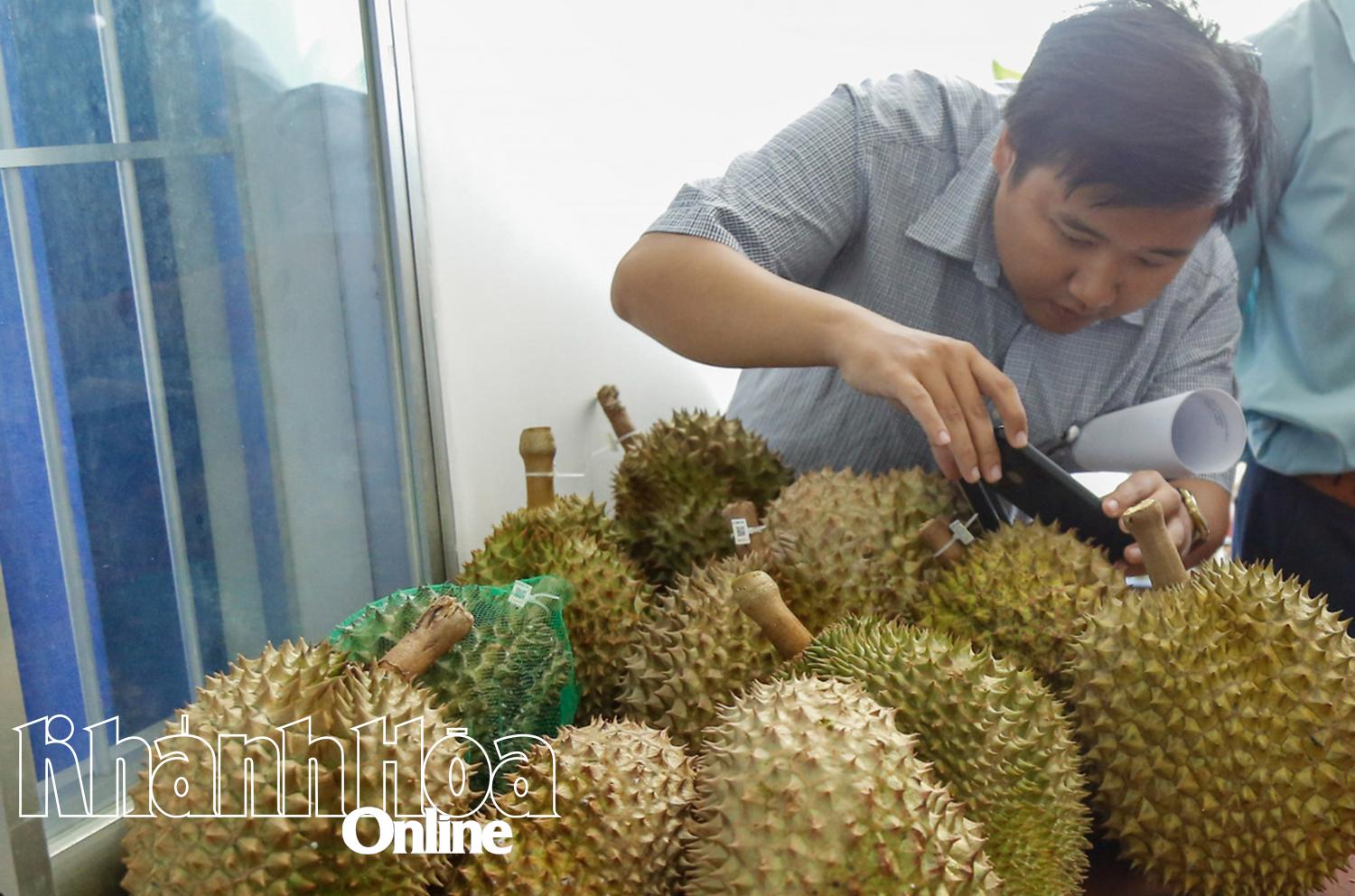 |
| Nha Trang consumers scan the traceability code on Khanh Son durian products. |
However, in addition to most of the standard shipments, there are still shipments of Vietnamese durian that have been warned by the foreign market about cadmium residue exceeding the permitted threshold. Many shipments have even been returned. In 2023, China returned 30 shipments of durian because of cadmium exceeding the permitted threshold. In early 2025, China continued to warn about cadmium residue in Vietnamese durian.
Mr. Tran Thien Hung - Head of the Provincial Department of Cultivation and Plant Protection said that every year, the provincial working group conducts inspections and takes samples of agricultural, forestry and fishery products in general and durian in particular to analyze and evaluate the content and residue of prohibited substances. In 2024, the provincial delegation to inspect and monitor the growing area codes took 14 samples from 14 durian growing areas for export in Khanh Son district to check safety indicators according to regulations. Durian samples were taken to analyze residues of fertilizers, heavy metals, pesticides, and microbial content such as fungi, mealybugs, etc., with special attention paid to cadmium residues. The test results showed that all durian samples met the requirements for quality indicators, with a very low cadmium index. Specifically, according to the regulations of the importing country, the amount of cadmium in durian must not exceed 0.05 mg/kg. Meanwhile, 14 durian samples taken in Khanh Son had a cadmium content of only 0.0015 mg/kg.
According to the professional agency, cadmium (English name is Cadmium) and its compounds, as well as arsenic, lead, and mercury, are extremely toxic substances, banned in food. Mr. Tran Thien Hung said that there are two main reasons for durian products having cadmium residues. One is that the soil, groundwater, and irrigation water in some durian growing areas contain high levels of natural cadmium. The second reason, which is also the main reason, is that during the cultivation process, the use of fertilizers and pesticides of unknown origin, not on the permitted list, or the abuse of chemicals and fertilizers is a source of cadmium for plants. In addition, some professional agencies recommend that the abuse of DAP fertilizer is also a cause.
In addition to cadmium, recently, information that some batches of Vietnamese durian for export were found to contain the banned substance yellow O has significantly affected the reputation of Vietnamese agricultural products. According to the leader of the provincial Department of Cultivation and Plant Protection, in order to have a beautiful, even yellow skin on durian, some people have used yellow O, a toxic industrial dye that is absolutely banned in food, to color the durian.
8 more growing areas are given codes
The process of testing soil, water and durian products of Khanh Hoa continuously in recent years has helped this specialty to be classified as safe. Notably, last May, 8 more durian growing area codes and 1 durian packaging code of Khanh Hoa were issued. This is a passport to export durian to China.
Specifically, in May 2025, the General Department of Customs of China approved 8 more codes for durian growing areas in Khanh Son with an area of 180.36 hectares and 1 code for durian export packaging in Cam Ranh. Thus, up to now, the whole province has 23 codes for durian exported to China with an area of 610.96 hectares; 2 codes for durian packaging facilities with a capacity of hundreds of tons per day for official export to the Chinese market, which are the packaging facility of Bien Sang Cold Storage Joint Stock Company in Suoi Dau Industrial Park (Suoi Tan Commune, Cam Lam District) and Anh Nhan Production and Trade One Member Co., Ltd. in Cam Nghia Ward (Cam Ranh City).
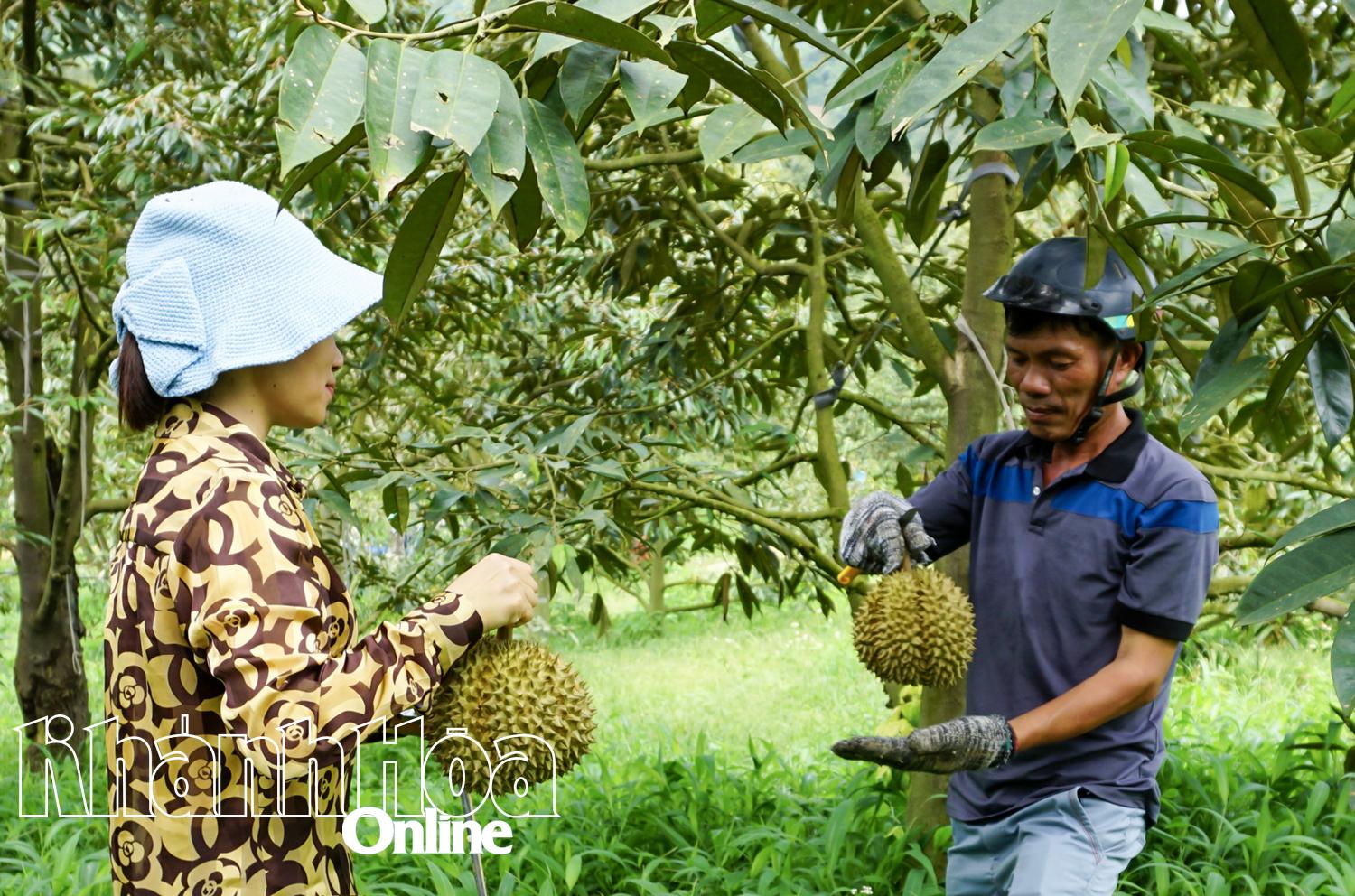 |
| A durian garden meeting VietGAP standards of farmers in Ba Cum Nam commune, Khanh Son district. |
According to the leader of the provincial Department of Crop Production and Plant Protection, after being granted, the monitoring of growing area codes for export and domestic consumption throughout the province has always been strengthened by the specialized agency. Along with disseminating and guiding the facilities granted codes to comply with the regulations of Vietnam and the importing country, the specialized agency also requires the facilities to inspect and control the shipments before export to ensure that they are not contaminated with plant quarantine objects of concern to China and comply with quarantine and food safety requirements, ensuring that the growing areas and packaging facilities granted codes continue to maintain the conditions and requirements according to the regulations of the importing country. At the same time, promptly suspend or revoke the codes for growing areas that no longer maintain sufficient conditions and requirements of the importing country. During the durian harvest season in the province (from July to August), the provincial inspection and supervision team for growing area codes will inspect and supervise durian growing areas that have been granted codes, especially those growing area codes for export. During the monitoring process, fruit samples will be taken to analyze residues of prohibited substances and harmful organisms according to regulations.
Mr. Dinh Van Dung - Chairman of Khanh Son District People's Committee said that up to now, the whole district has nearly 400 hectares of durian meeting VietGAP standards, dozens of hectares of organic durian; many farmers and businesses have invested in machinery and equipment to process and increase the added value of durian such as: Freeze-drying, cold-drying, making durian ice cream... Khanh Son durian brand has been registered for trademark protection and has been honored as "Golden Brand of Vietnamese Agricultural Products"... In the district, most durian producers have used organic fertilizers and microbial pesticides, limiting the use of chemical fertilizers. Regarding warnings from the import market, especially China, about cadmium residue exceeding the permitted threshold in Vietnamese durian, along with the efforts of the authorities and local governments, the promotion and expansion of safe cultivation models in the district continue to be promoted, ensuring the maintenance and promotion of the characteristic delicious quality of Khanh Son yellow-fleshed durian. At the same time, the value of the product is constantly increased, meeting the increasingly high demands and requirements of the market.
HONG DANG
Source: https://baokhanhhoa.vn/kinh-te/202506/sau-rieng-khanh-hoa-khangdinh-an-toan-chat-luong-59f6e8a/


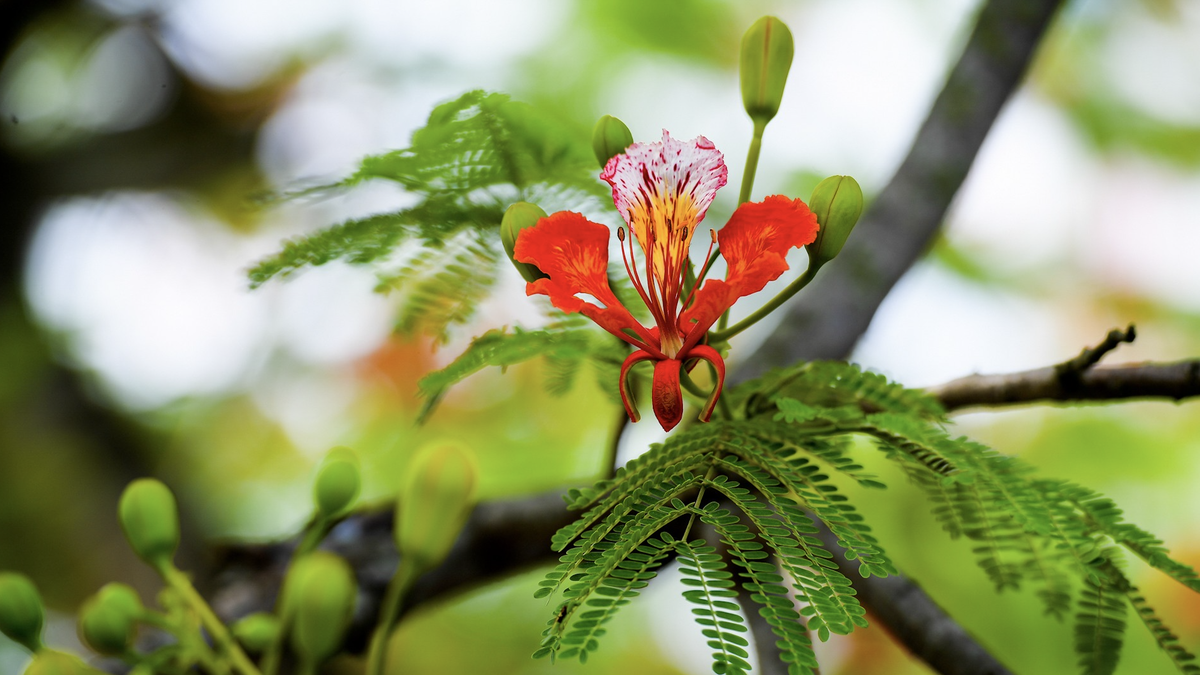


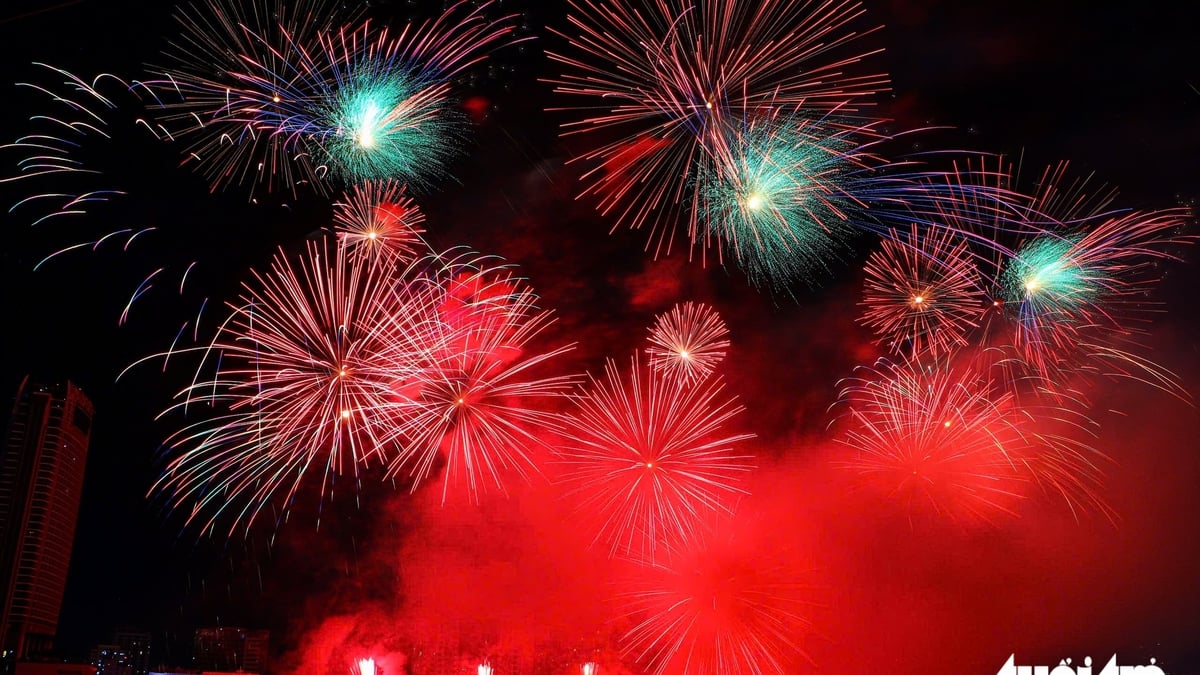




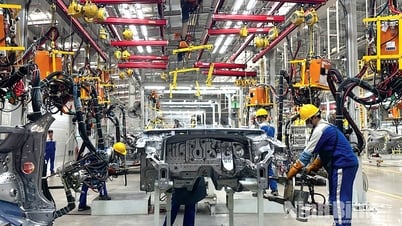

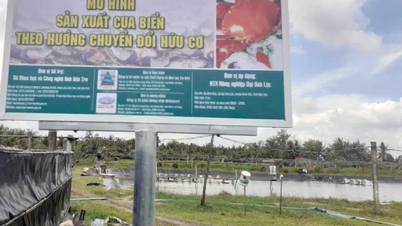

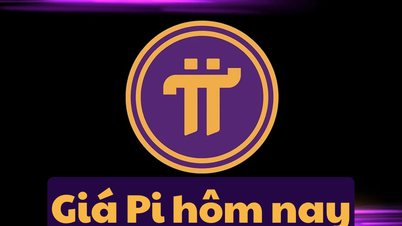











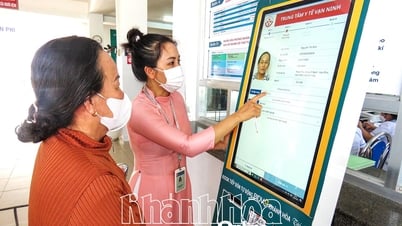
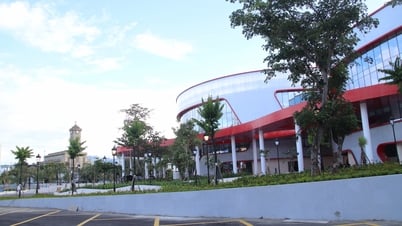
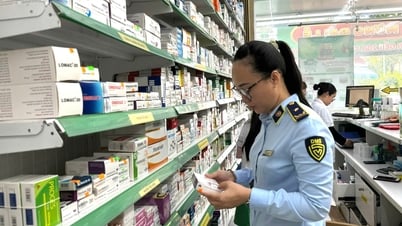

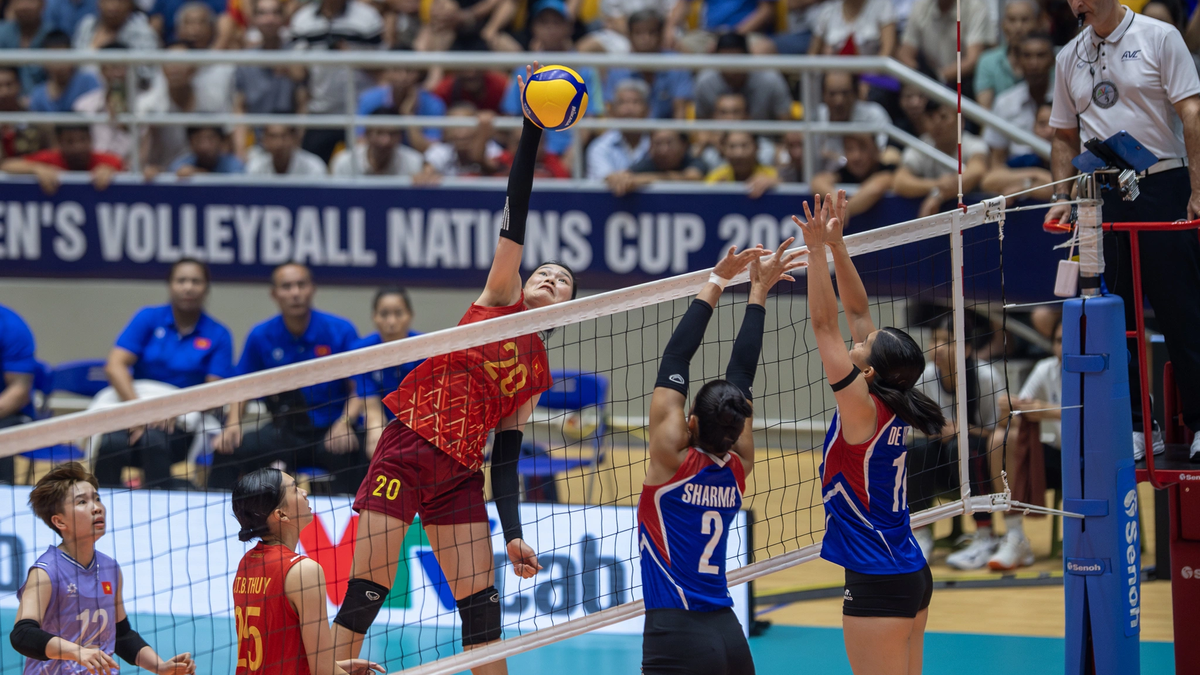
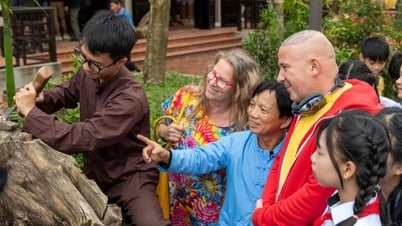































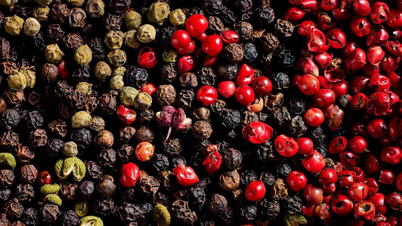
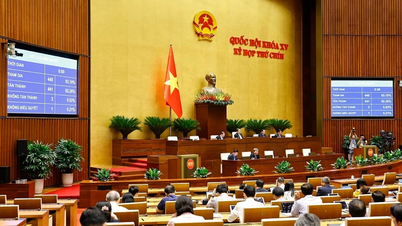

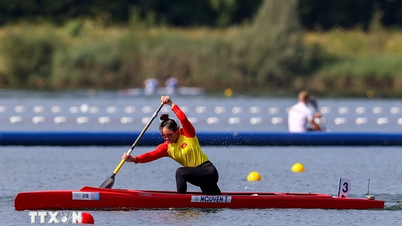





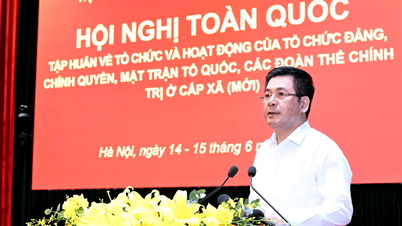

























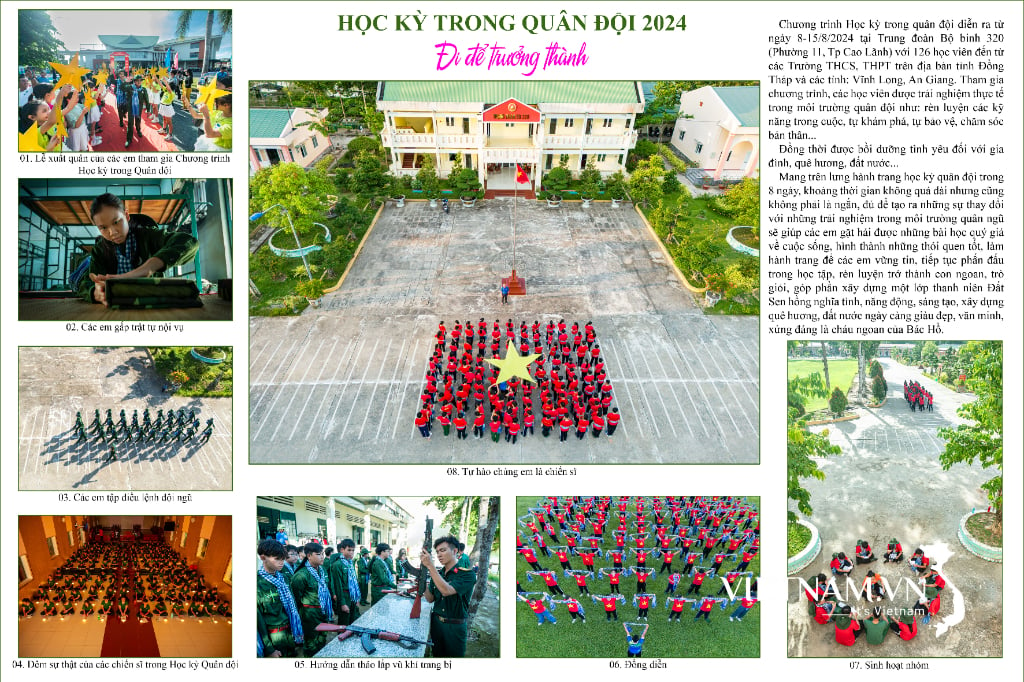
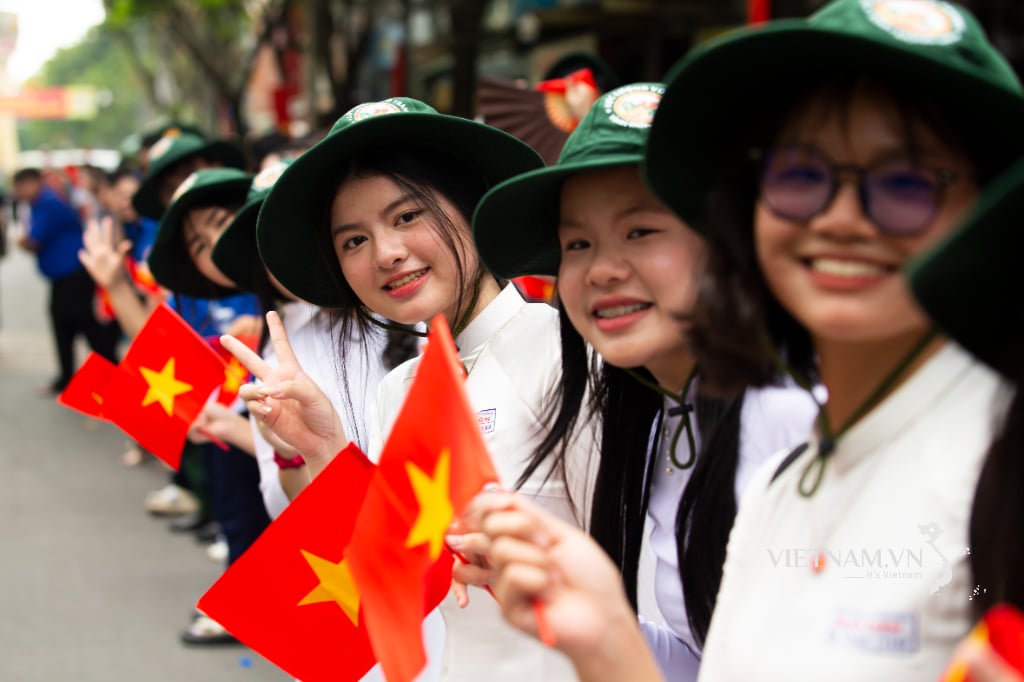

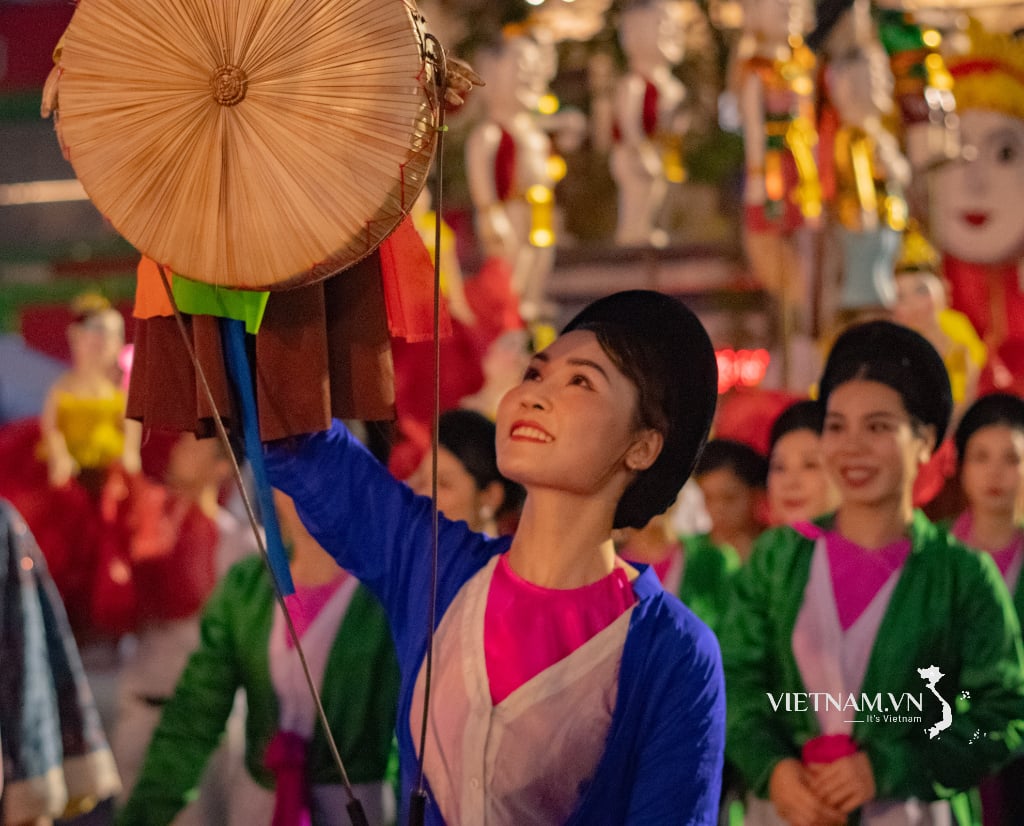
Comment (0)